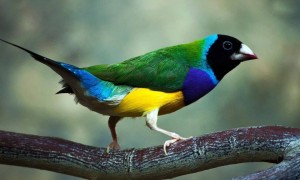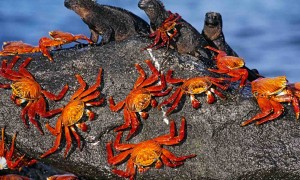
The Galapagos Islands are an island chain-archipelago, consisting of 15 major islands, 3 with smaller sizes and more than 100 smaller coastal cliffs. They abound with some of the strangest animals that exist on Earth. Here are some of them:
Marine iguana
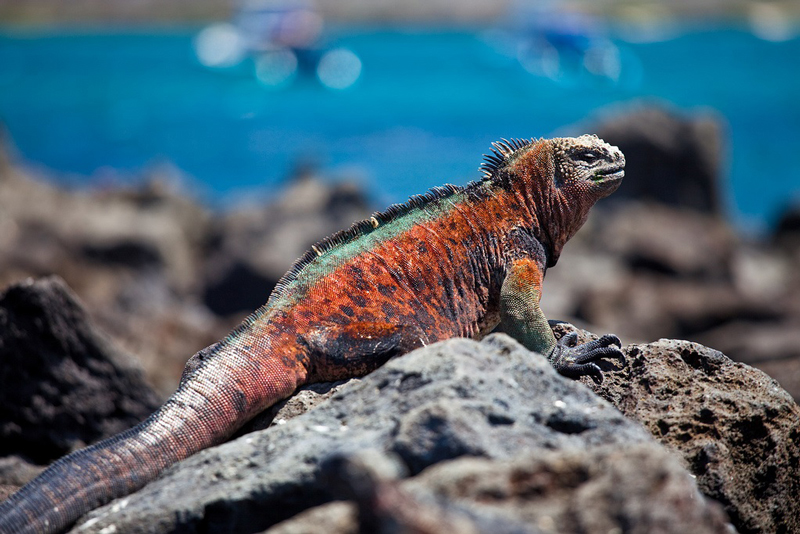
This marine Iguana is the only one that can swim in the ocean. These reptiles (which are endemic to the Islands) have a characteristic brown to grayish color and you can often see them floating off the coast of all older Galapagos Islands.
Hammerhead sharks

Hammer sharks are extremely common in the coastal waters of Galapagos, sometimes they swim with large passages, totaling hundreds of species. These unique and bizarre sharks are scary fish, which are known for their mystical predatory nature, and any diver who has met face-to-face with those hunters will confirm how formidable they are.
Sea lions
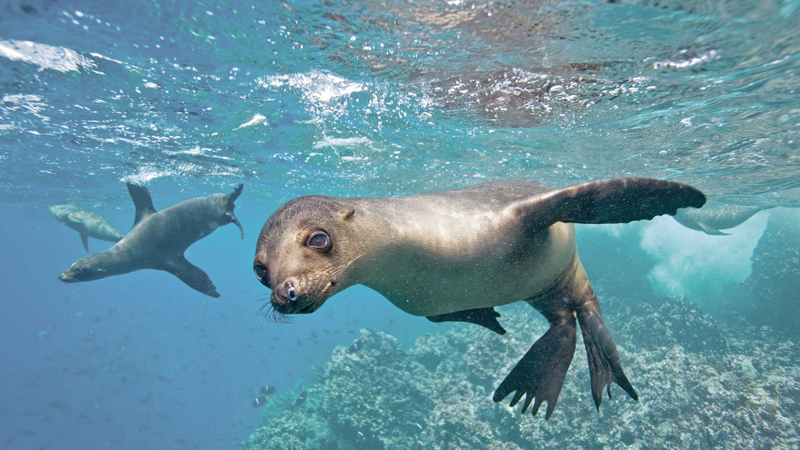
Sea lions are typical representatives of the animal world on these islands, although it is found in some parts of Ecuador. This kind of sea lion is typical of the Galapagos and can often be spotted to flock to the beaches and rocks off the coast of each one of the islands of the archipelago.

Basking in the sun and constantly releasing sounds is how they report themselves to fishermen and tourists.
Galapagos Hawk
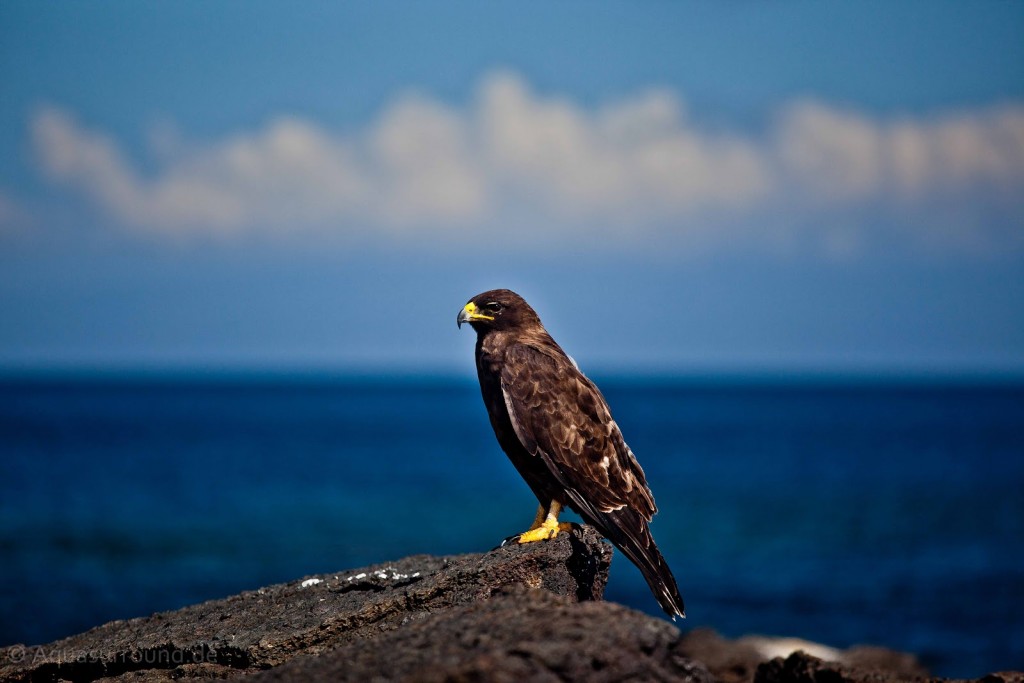
Galapagos Hawk is a huge predator bird whose home are the Islands. It is believed that this species only inhabits the Islands. Specific to these birds is that they have a wingspan of its wings approximately 1 meter.

The finches

Finches are known mainly from scientific writings of H. Darwin, who mentioned them in his theory of evolutionary biology. In the study of the size and shape of the beak on this kind of fascinating birds, Darwin was able to bring out his theory of natural selection. There are about 13 species of finches known to scientists who inhabit the Galapagos Islands.
Giant turtles

The rare subspecies of giant tortoise is from the island of Pinta, which is considered to be the largest of its kind in the world. Galapagos Islands are home to the rare species of animals, as well as the male specimen from the island of Pinta, Lonesome George, who is the last known representative of its subspecies.








